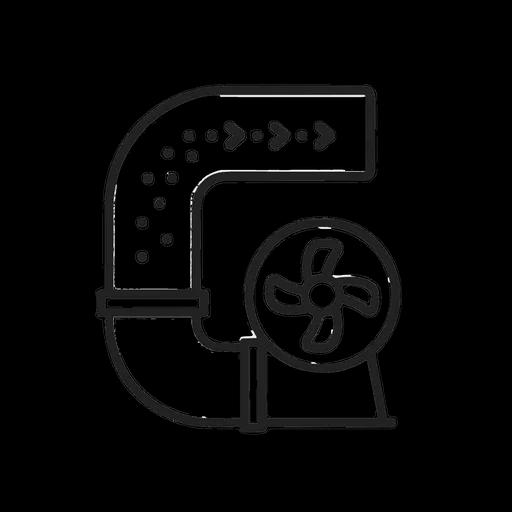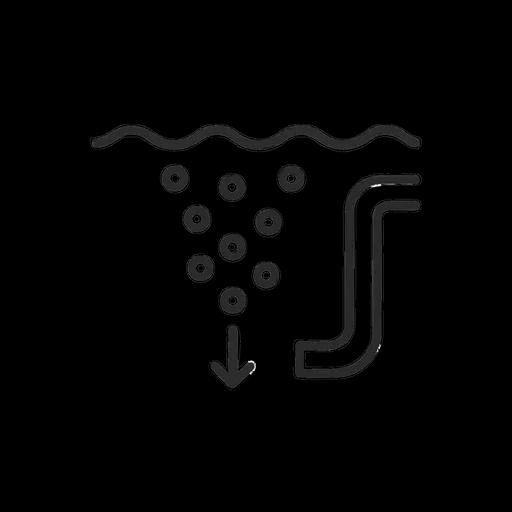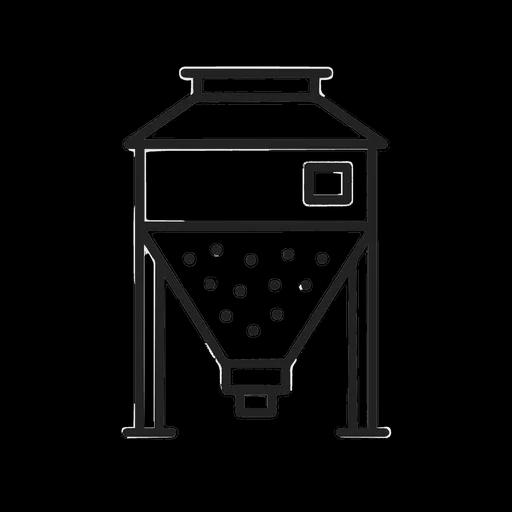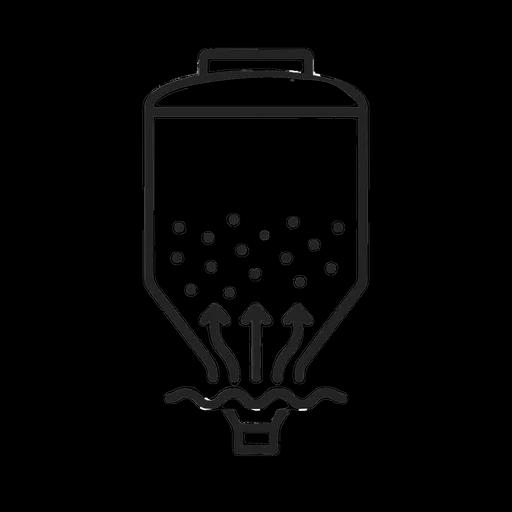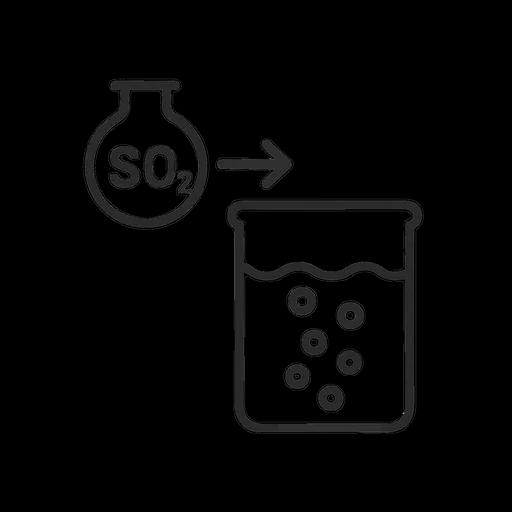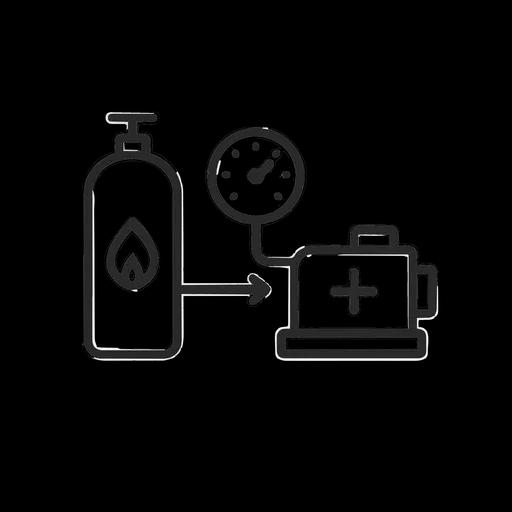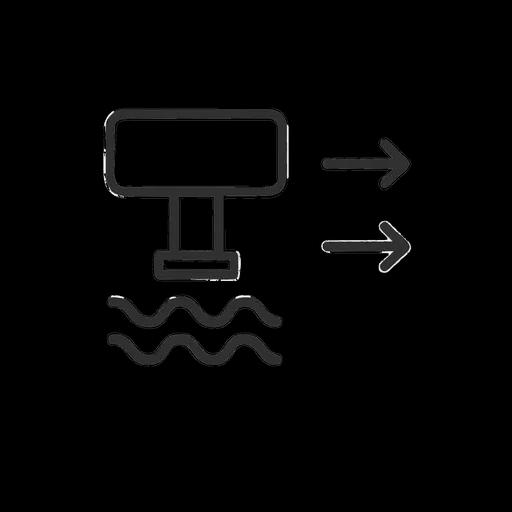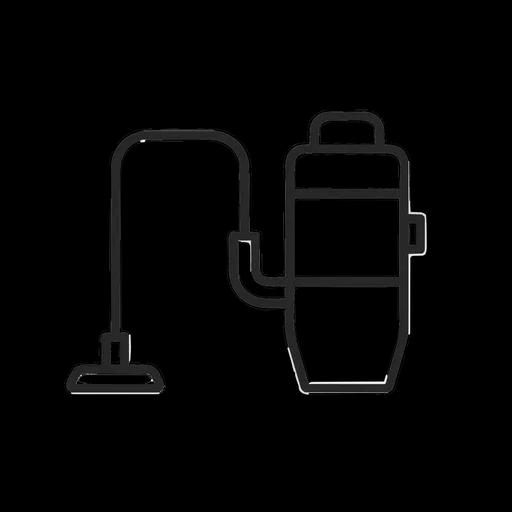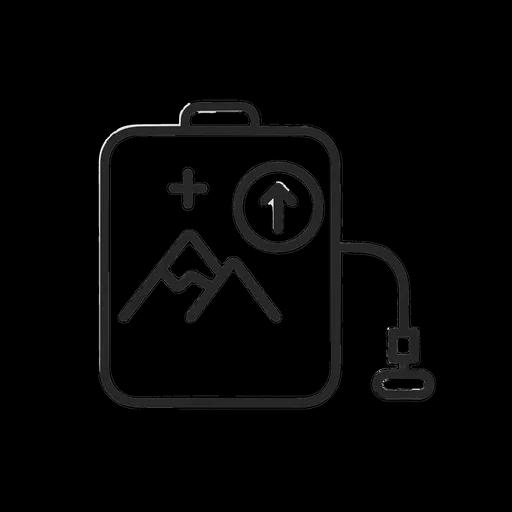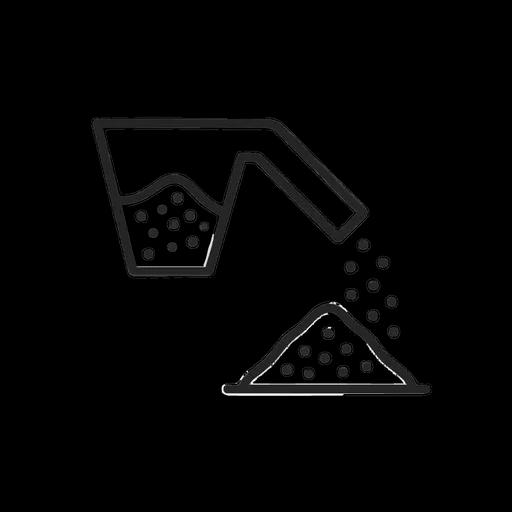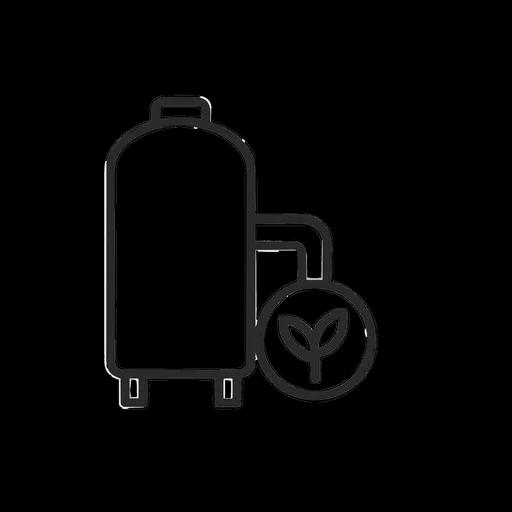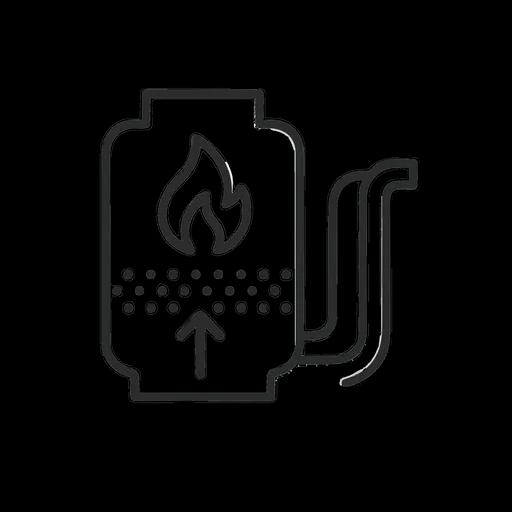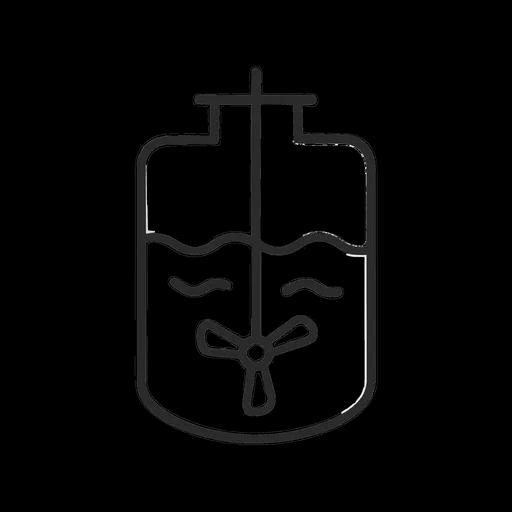Tri-Lobe Blowers
The Principal of Tri-Lobe
The blower consists of two rotors maintained on parallel shafts inside housing. A pair of gears make the rotors rotate in opposite direction and each rotor lobe passes over the inlet, it traps a constant volume of air, carries it around the housing, and delivers it at the outlet.
The displacement of air is positive and the volume of air is constant. Inside the blower no pressure is developed, but the system load creates a pressure at discharge side. The power is proportional to pressure generated.
Why Tri-Lobe
In Tri Lobe Blowers, lobes are dispersed at 120°, instead of 180°, in Twin Lobe Blowers. Due to this, resistance to angular deflection and shaft stiffness improves, causing less angular deflection of rotors. This minimizes possible rotor contact with casing and paired rotor while in operation.
Due to Tri Lobes, there is better load distribution between rotor & gear sets. This feature enhances lift of both bearings and gears.
Six smaller volume pockets of the Tri Lobe Blower against four large pockets of the Twin Lobe Blower, increases the pulsation frequency, allowing pulsation magnitude to be lower or limited. This reduce the noise level.

KPT Tri-Lobe Blower
Special Features of Tri-Lobe Blowers
Reduces Pressure Pulsations
Case: Bore with Inlet and Outlet Pocket and also Whisper Jet Pocket reduces Noise through Pulsation
Blower are made of FG-260
Ribbed Surface
Convection cooling
Dual Splash Oil lubrication for bearings and timing gears
Oil free operation as per ISO Standards
Overhung V-belt drive
Helical gears made of case-hardening steel, hardened and ground
Material – En353
Mechanical seals and both side oil for non-frequent lubrication.
PTFE strips on rotor lobe to minimize back flow
